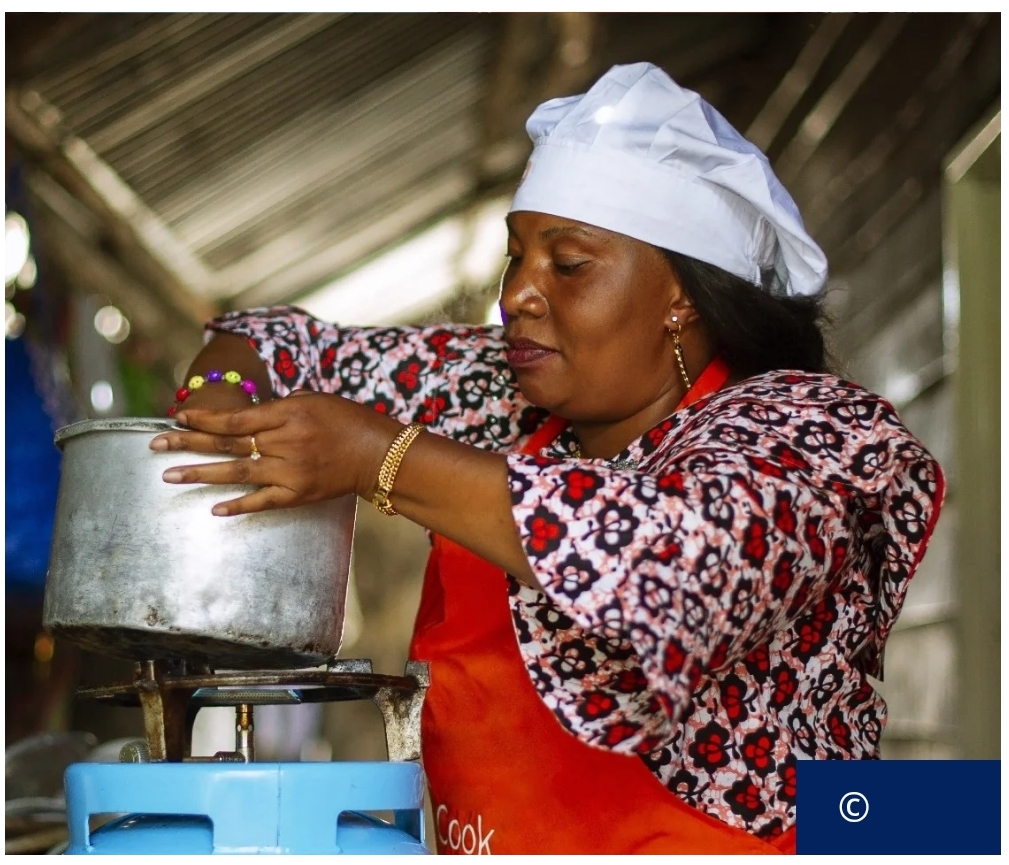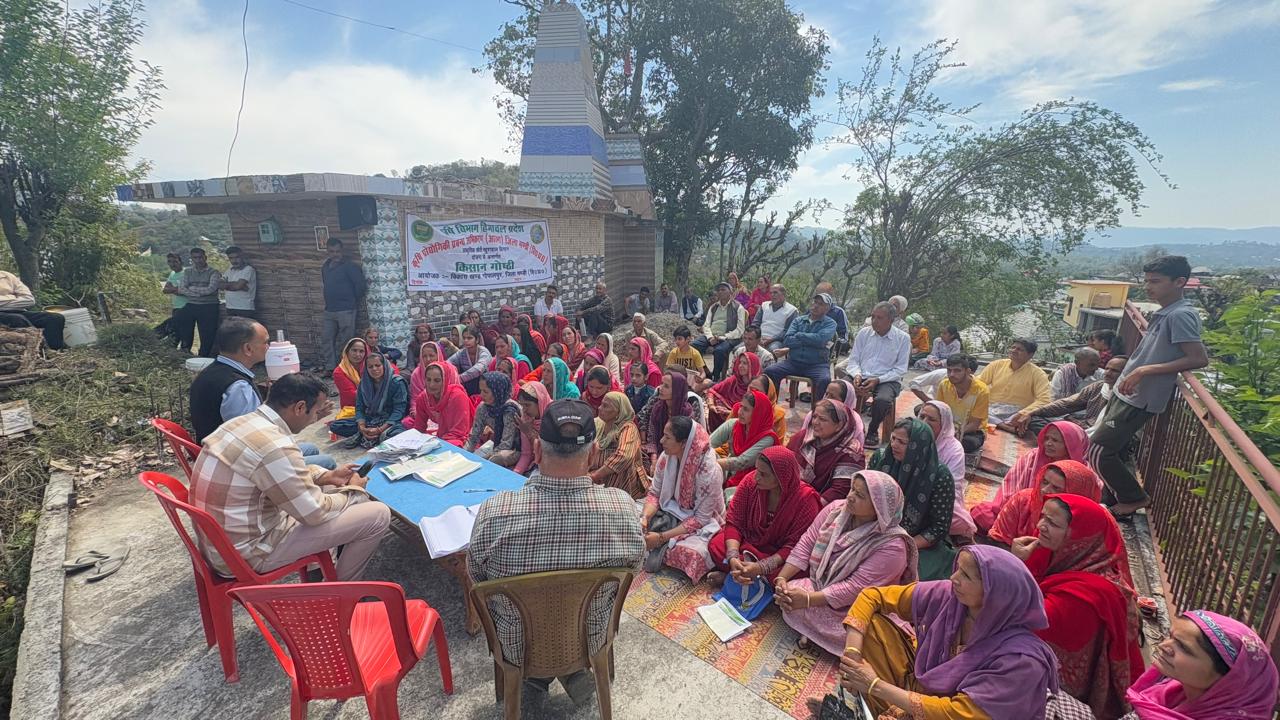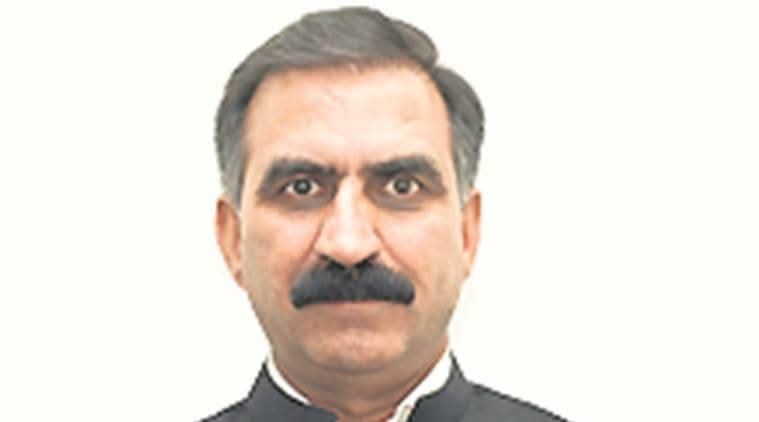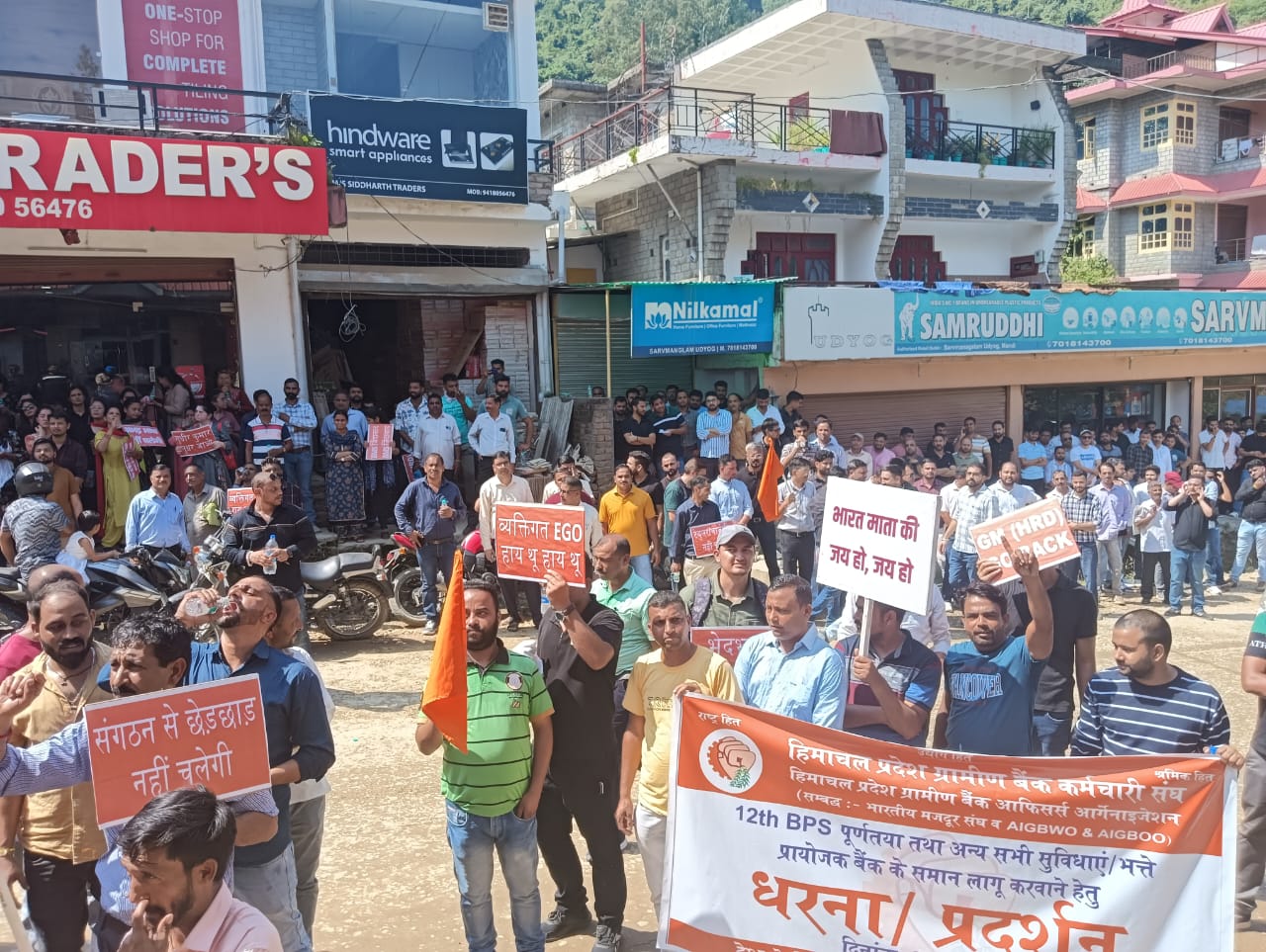Global Access to Electricity Nears 92%, But Clean Cooking Lags Behind: SDG 7 Report Warns of Uneven Progress.
New UN report highlights disparities in energy access, calls for urgent international finance and cooperation ahead of SDG forum in New York.
New York:
The world is making slow but steady progress towards universal access to electricity, but access to clean cooking solutions remains critically inadequate, particularly in sub-Saharan Africa, according to the Tracking SDG 7: The Energy Progress Report 2025, released last week.
The annual report, which monitors global efforts to meet Sustainable Development Goal 7 (SDG 7)—ensuring affordable, reliable, sustainable and modern energy for all—found that nearly 92% of the global population now has basic access to electricity. That marks a continued improvement since 2022, when the number of people without electricity access dropped for the first time in over a decade.
However, over 666 million people still live without electricity, a majority of them in remote and low-income communities, highlighting the need for urgent and targeted efforts. The report concludes that at the current rate, universal electricity access by 2030 remains out of reach.
Access Gains Mask Deep Regional Disparities
Progress has been particularly notable in Central and Southern Asia, which reduced its access deficit from 414 million people in 2010 to just 27 million in 2023. By contrast, sub-Saharan Africa remains the epicenter of the global electricity access crisis, with 18 of the 20 countries with the largest access deficits located in the region. A staggering 85% of the global population without electricity now resides in sub-Saharan Africa.
While electricity access shows improvement, access to clean cooking technologies continues to lag, worsened by the setbacks of the Covid-19 pandemic, energy price shocks, and mounting debt in developing countries. As of 2023, 2.1 billion people—mostly in rural areas—still rely on hazardous fuels such as firewood and charcoal for cooking. This has significant public health and environmental consequences, contributing to indoor air pollution and deforestation.
Despite a modest increase in global clean cooking access—from 64% in 2015 to 74% in 2023—the report warns that only 78% of the global population will have access to clean cooking by 2030 if current trends continue.
Decentralised Renewables: A Key Solution
The report emphasizes the critical role of decentralised renewable energy systems—including mini-grids and off-grid solar power—in expanding access in remote and fragile regions. These technologies are cost-effective, rapidly deployable, and capable of reaching communities beyond the grid.
Similarly, the report calls for off-grid clean cooking solutions, such as household biogas digesters and electric cooking supported by mini-grids, to address the cooking access gap.
“Distributed renewable energy solutions are essential to ensure no one is left behind,” the report notes, especially in rural regions where centralized infrastructure is unlikely to reach by 2030.
Financial Flows Show Growth but Remain Unequal
International public financial flows supporting clean energy in developing countries increased to US$ 21.6 billion in 2023, a 27% rise from the previous year and the third consecutive annual increase. However, flows remain below 2016 levels, when they peaked at US$ 28.4 billion.
Crucially, the funding remains heavily concentrated, with only two sub-Saharan African countries among the top five recipients. Moreover, 83% of 2023 funding came in the form of debt, while grants represented just 9.8%, raising concerns about the sustainability of financing mechanisms for low-income countries already struggling with debt burdens.
Renewable Energy and Efficiency: Progress But Not Enough
Global installed renewable energy capacity in developing countries rose to 341 watts per capita in 2023, more than doubling from 155 watts in 2015. Globally, installed capacity reached 478 watts per capita, marking a 13% increase from 2022. Yet sub-Saharan Africa lags behind with only 40 watts per capita, just one-eighth of the average in other developing regions.
In terms of energy efficiency, primary energy intensity declined by 2.1% in 2022, a notable improvement over the previous year’s weak performance. Still, the report warns that to meet SDG 7.3 targets, global energy intensity must improve at an average rate of 4% per year, nearly double the current pace.
Call for Urgent International Action
To accelerate progress, the report calls for bold, coordinated international action. Key recommendations include:
- Reforming multilateral and bilateral lending systems to expand the availability of public capital
- Mobilizing more concessional financing, grants, and risk mitigation tools
- Improving donors’ risk tolerance, particularly for investments in fragile and low-income states
- Supporting national governments with robust energy planning and regulatory frameworks
The report warns that without scaled-up investment and cooperation, the world risks sliding backwards, particularly in regions already most vulnerable to energy poverty and climate impacts.
Next Steps
The report’s findings will be formally presented on July 16, 2025, at the High-Level Political Forum on Sustainable Development (HLPF) in New York, where world leaders and policymakers will assess global progress on the SDGs and debate solutions to close persistent gaps.
As the 2030 deadline looms, the report offers both a warning and a roadmap: significant progress is possible—but only with urgent, inclusive, and sustained action.




